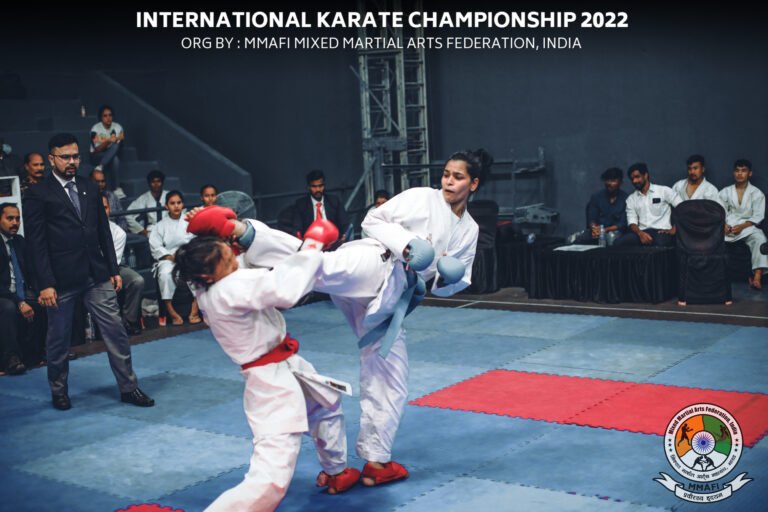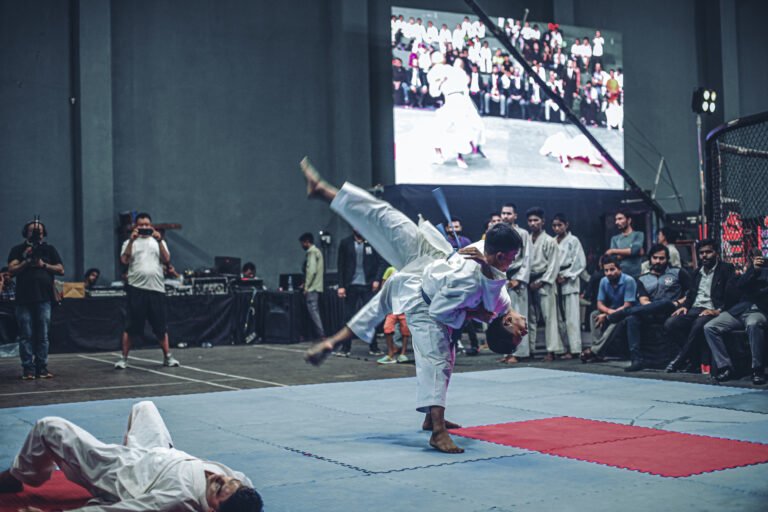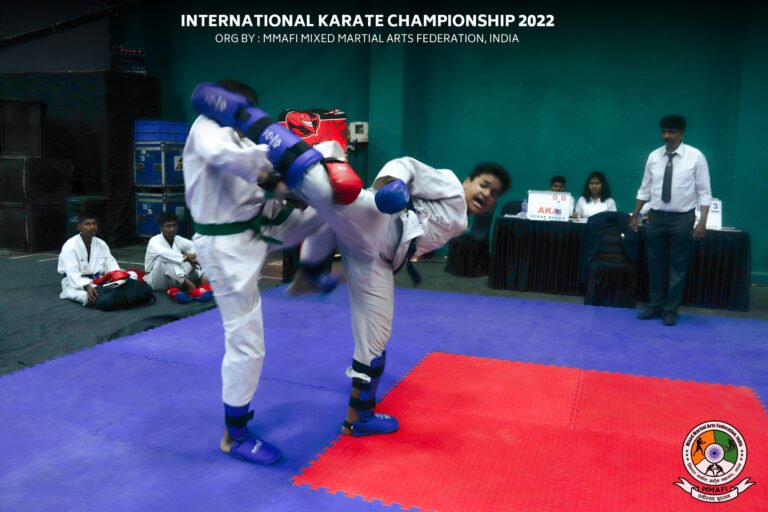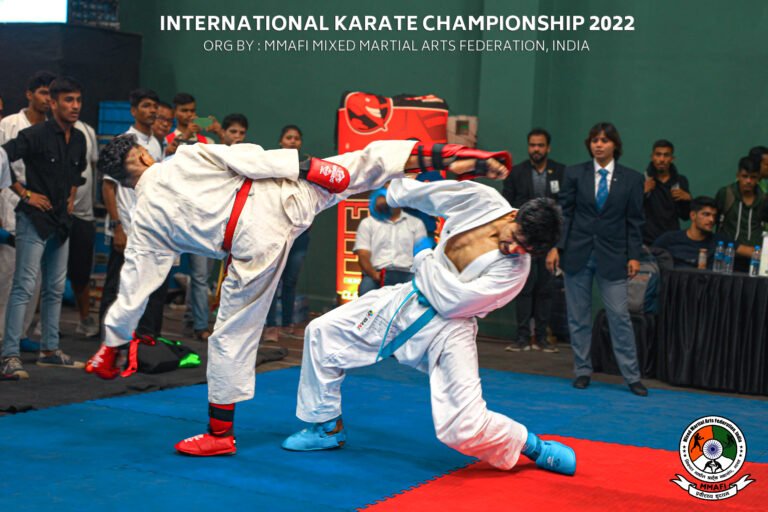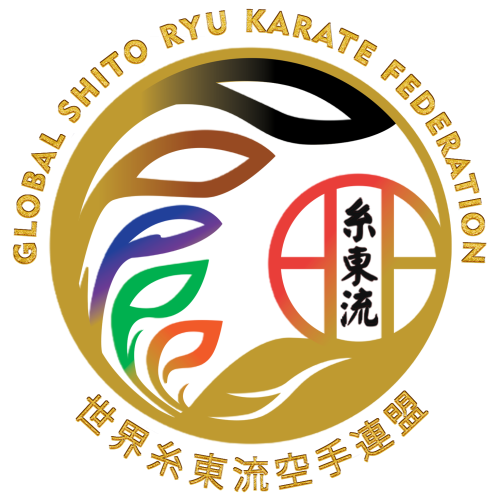
Philosophy of Global Shito Ryu Karate Federation
The philosophy of the GSKF is that Karate is not limited to semi-contact Kumite rules but is for self-defense, and students should be prepared for any fight because street fights don’t have rules. The GSKF emphasizes the importance of traditional Karate values, including respect, discipline, humility, and perseverance, and encourages its members to apply these values in their daily lives. The GSKF aims to promote Karate as a complete martial art that is relevant today and can help individuals develop physical fitness, mental strength, and character.
About Global Shito Ryu Karate Federation
The Global Shito Ryu Karate Federation (GSKF) was founded by Sensei Mayur Bansode, who has a background in Shito Ryu Karate, Kickboxing, Kobudo, Boxing, Wrestling, and Ju Jutsu. Sensei Mayur Bansode traveled to Thailand and Brazil to learn MMA and Gi Brazilian Jui Jutsu, and he worked as the General Secretary for two MMA Federations in India. In 2021, he founded the MMAFI Mixed Martial Arts Federation India, which became the most significant, democratic, and inclusive MMA Federation within a year.
Sensei Mayur Bansode met his Kata coach, Shihan Hira Singh Dangol, in 2022 and wished to resume training in Karate. This led him to establish the Global Shito Ryu Karate Federation to certify his MMA athletes in Karate. The GSKF follows the traditional ethics of Karate and not only focuses on WKF rules Kumite but also gives freedom to fight in various forms of combat sports rules such as Kickboxing, MMA, BJJ, and Boxing.
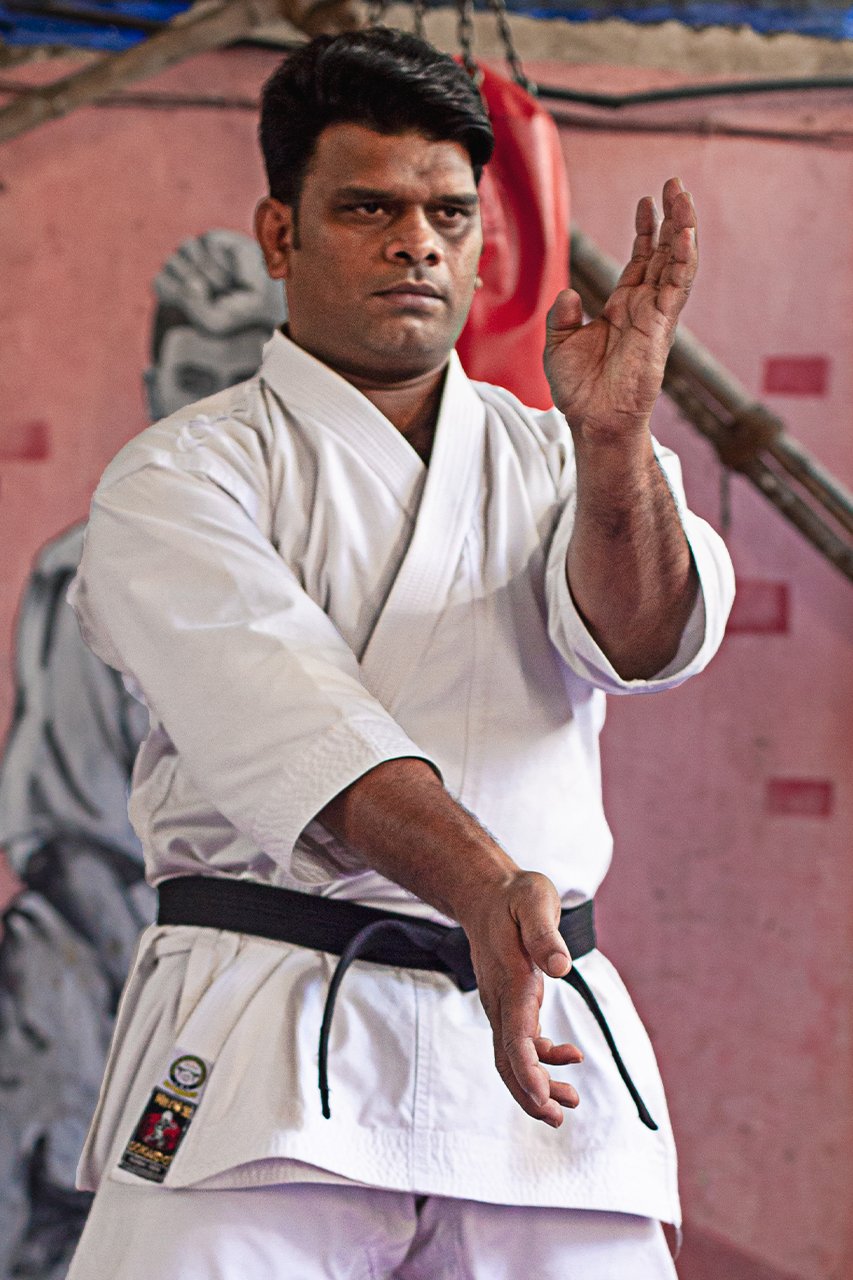
Sensei Mayur Bansode
5th Dan Black Belt
President, MMAFI - Mixed Martial Arts Federation, India
About Shito Ryu Karate
Shito Ryu Karate is considered the most complete form of Karate, known for its numerous kata covering Shuri-te, Naha-te, Tomari-te, and Chinese Crane Kung Fu styles. It was founded by Sensei Kenwa Mabuni, who named the style Shito Ryu in 1934.
The name was derived from a combination of two of his masters, “Shi” for Hito and “To” for Higashi, and “Ryu,” which means style in Japanese. Sensei Kenwa Mabuni was considered the most knowledgeable person in karate during his time because of his knowledge of katas. Shito Ryu has always been a progressive style of karate because they adapted katas from other styles, for example, Annan, Annan Dai, Heko, Pachu, etc., from Ryuei Ryu.
Shito Ryu’s history begins with Sensei Kenwa Mabuni, born in Okinawa, the birthplace of karate. At the age of 13, he started learning martial arts with his friend Sensei Gichin Funakoshi, the founder of Shotokan, under Sensei Anko Itusu, the master of Shuri-te, in the Shuri village of Okinawa.
After the death of his master, Sensei Anko Itusu met his childhood friend Chojun Miyagi, the founder of Goju Ryu, in Naha Village. He started learning martial arts under Sensei Kanryo Higaonna. Sensei Kenwa Mabuni also learned Chinese Crane Kung Fu from a Chinese tea merchant named Sensei Wu Xianhui, who was doing his trading business from China to Okinawa.
Today, Shito Ryu Karate is governed by the World Shito Ryu Karate Federation, but there are also various sub-styles of Shito Ryu established by Sensei Kenwa Mabuni’s students. For example, Seito Shito Ryu was created by Kenzo Mabuni, the second son of Sensei Kenwa Mabuni, Tani ha Shito Ryu (Shukokai) was created by Chojiro Tani, Motobu-ha Shito Ryu (Seishin-kai) was created by Shogo Kuniba, Itosu Ryu was created by Ryusho Sakagami and many other styles.
Today, Shito Ryu is considered one of the four main styles of karate, and many world champions prefer to perform Shito Ryu katas because of the variety of katas in one style. In the modern world, Shito Ryu is considered the most progressive and modern karate style without missing the traditional principles of martial arts.
Karate History in Brief
It was first introduced to Japan in the early 20th century and later spread to other parts of the world.
Karate’s history can be traced back to the Ryukyu Islands, which are now known as Okinawa. These islands were situated along the trade route between China and Japan, and as a result, Okinawa was exposed to Chinese martial arts. The local people developed their own martial arts, which were known as “te,” meaning “hand.” These techniques were later refined and developed into what is now known as karate.
In the early 20th century, several Okinawan martial artists traveled to Japan to demonstrate their techniques. One of these martial artists was Kenwa Mabuni, who founded the Shito Ryu style of karate. Other styles of karate, such as Shotokan, Goju Ryu, and Wado Ryu, were also developed in Japan during this time.
Karate continued to spread throughout the world in the latter half of the 20th century. It became an Olympic sport in 2020, which further increased its popularity. Today, karate is practiced by millions of people worldwide and is known for its rigorous training methods and emphasis on discipline, respect, and self-defense.

Our Masters
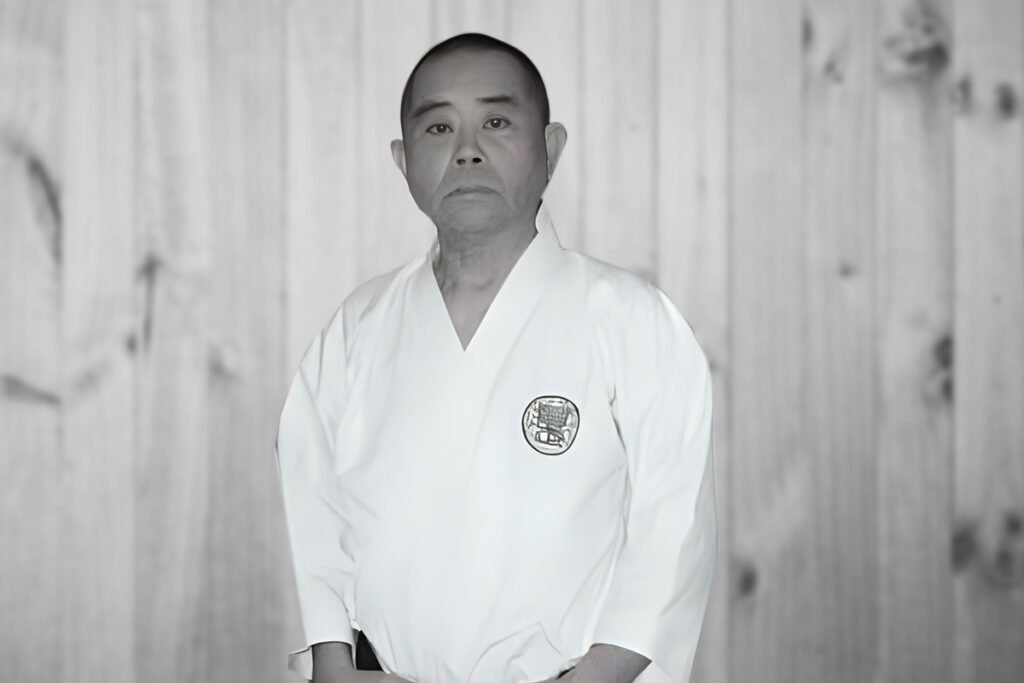
8th Dan Black Belt(WSKF)
Founder of Tanaka Shito Ryu Shobukan Karate
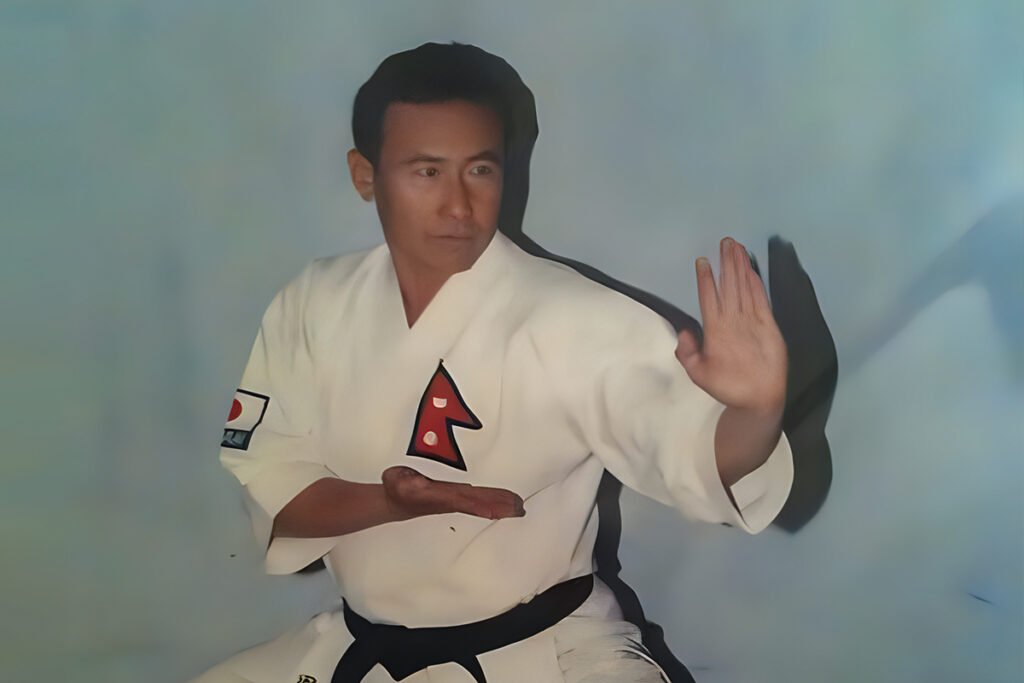
7th Dan Black Belt(WSKF)
Founder of Nepal Karate Federation

6th Dan Black Belt(WSKF)
Ex-Deputy Sports Director, Nepal Sports Council
Ex- Chief Instructor, Nepal Karate Federation

6th Dan Black Belt(WSKF)
Ex-Karate Coach, Nepal Sports Council
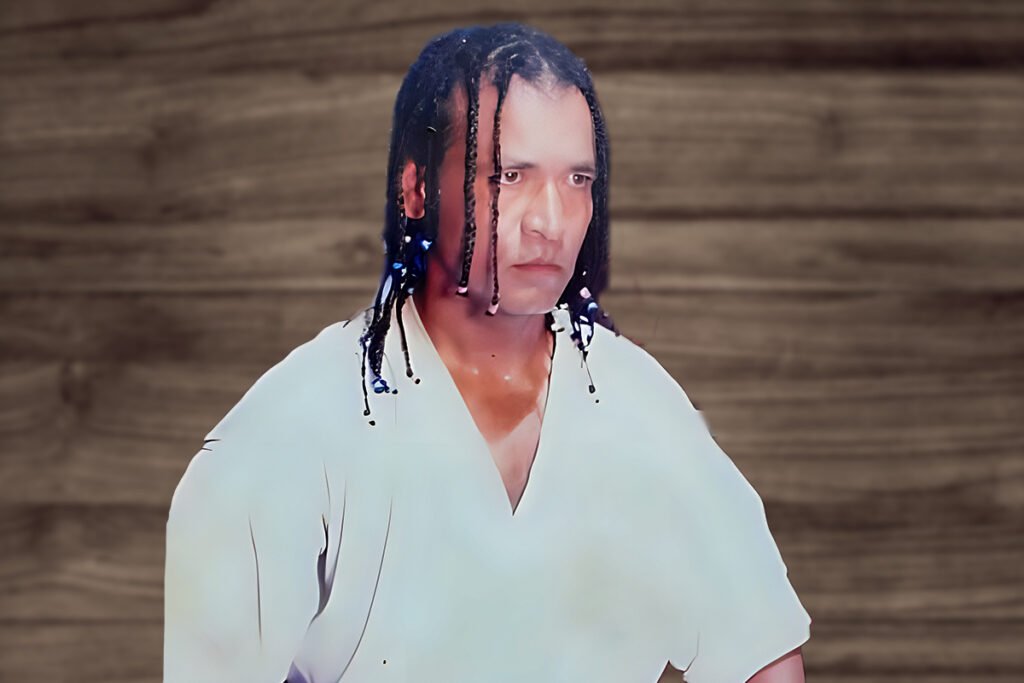
5th Dan Black Belt
Karate Coach, Nepal Sports Council
Core Members

Shihan Arun Pal
6 Dan Black Belt

Mangesh Talekar
5 Dan Black Belt
Join Us
Address
Zen Fitness Studio, Prakash Bhavan, Plot No. 113, Sindhi Society, Chembur, Mumbai, Maharashtra, India – 400071
Email ID
mmafiofficial@gmail.com
Call Us
+91 9821803242
Contact Us
For Enquires please feel free to contact us


